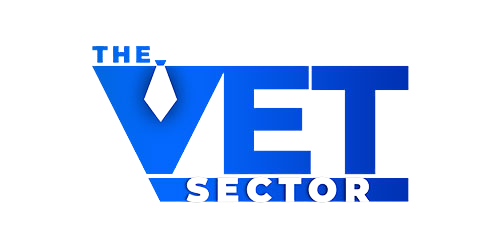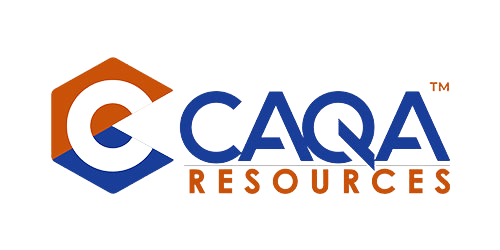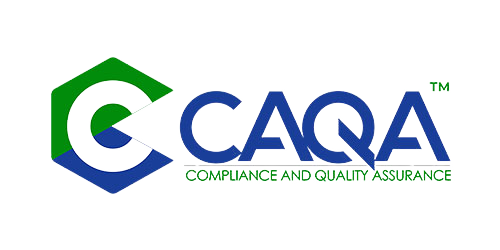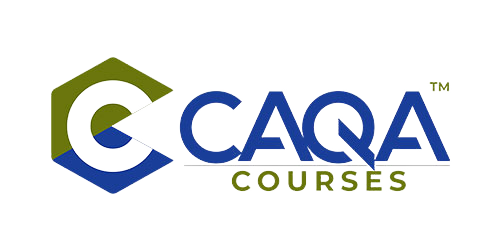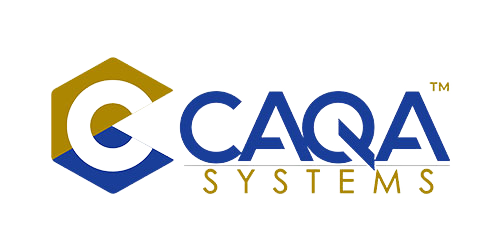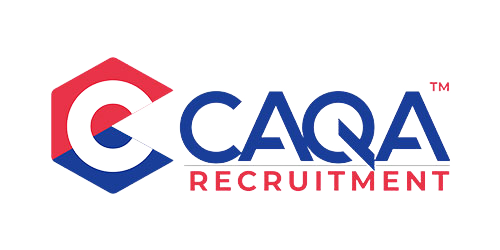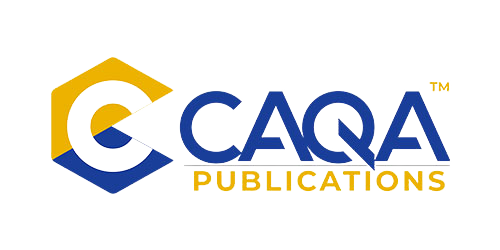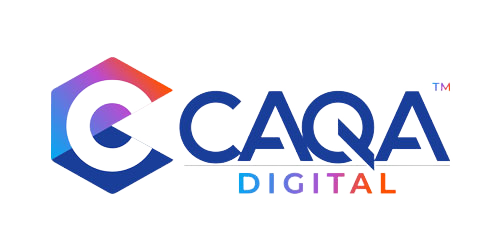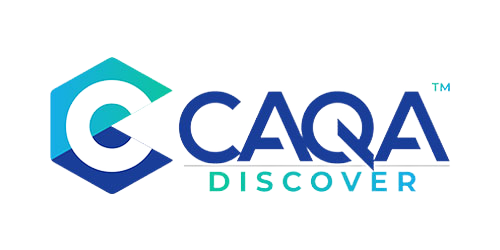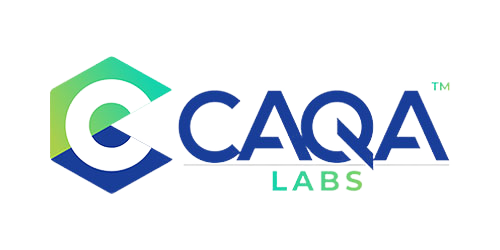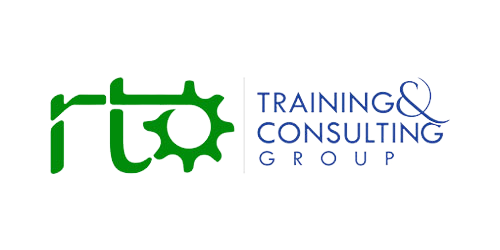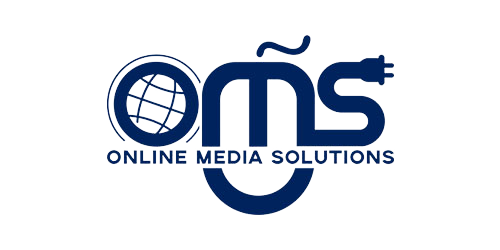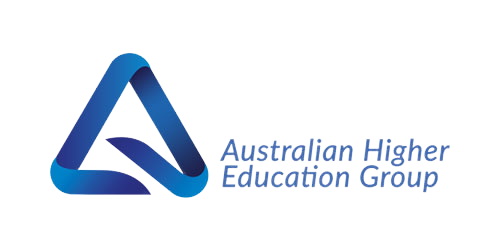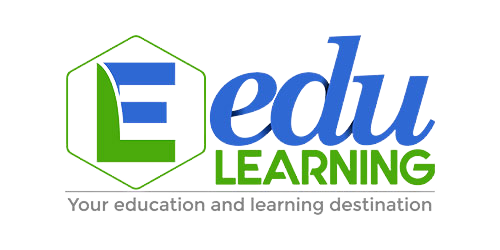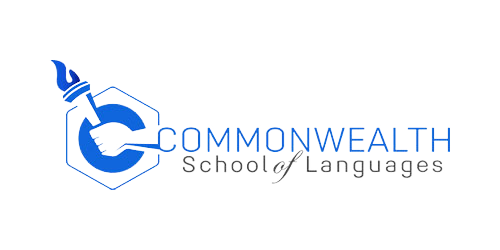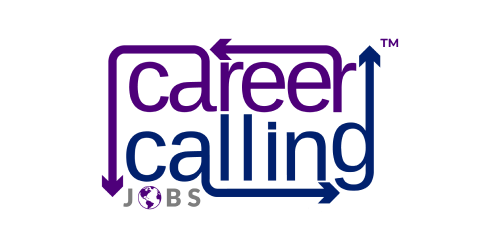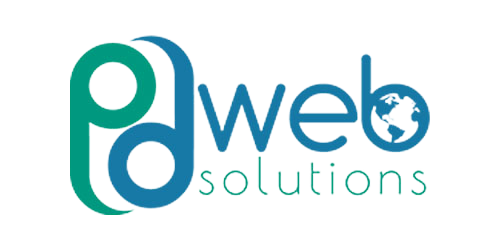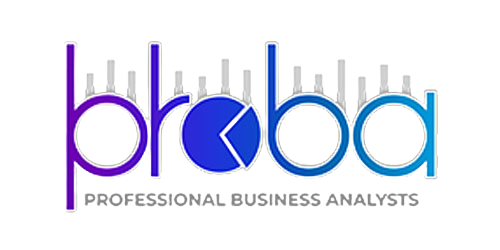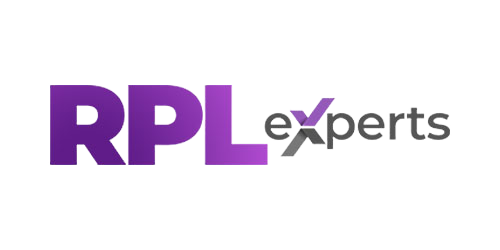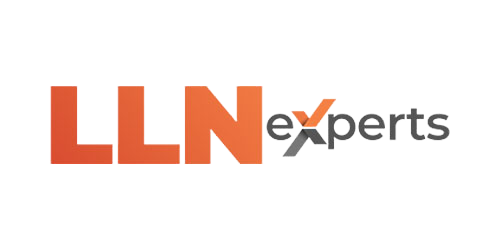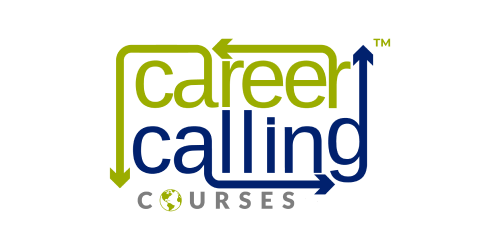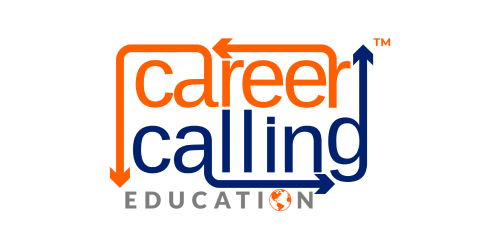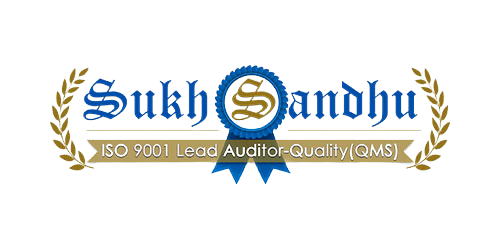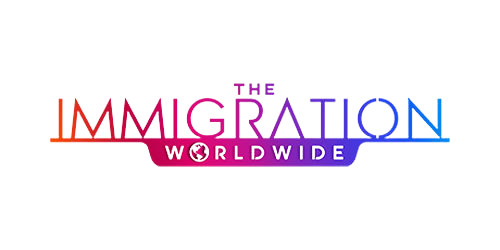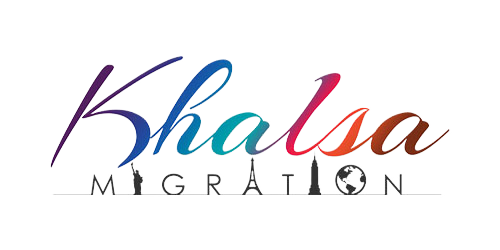THE INVISIBLE CRISIS: QUANTIFYING THE COST OF POOR COMMUNICATION
In boardrooms and classrooms across the country, an invisible crisis is unfolding. While organisations meticulously track metrics like sales performance, operational efficiency, and student test scores, they often overlook one of the most significant drains on their resources and effectiveness: poor communication. The financial impact is staggering—up to $1.2 trillion lost annually by U.S. businesses, according to recent research by Grammarly and The Harris Poll. This translates to approximately $12,506 per employee per year in lost productivity, misunderstandings, and missed opportunities.
The scope of this communication breakdown is breathtaking. Nearly a full workday each week—7.47 hours—evaporates due to communication inefficiencies. Employees spend almost half their workweek (19.93 hours) on written communication alone, yet both leaders (88%) and employees (63%) yearn for better tools to express themselves clearly and understand others accurately. In an era where remote and hybrid work have made clear communication more crucial than ever, 82% of business leaders express concern about their teams' ability to communicate effectively in these distributed environments.
Perhaps most alarming is how blind organisations remain to this crisis. Despite 96% of leaders acknowledging that effective communication is essential for achieving business results, 74% believe their companies underestimate its cost. This disconnect creates a dangerous dynamic where organisations continue to hemorrhage resources without addressing the root cause. Meanwhile, the data shows a clear correlation between communication effectiveness and financial performance—companies with strong communication practices are more likely to report revenue growth (92%) compared to those with poor communication (81%).
In educational settings, the impact is equally profound, though measured differently. Over 60% of misunderstandings in education stem from poor listening rather than poor speaking, creating cascading effects on student learning outcomes, teacher effectiveness, and institutional cohesion. Whether in corporate conference rooms or school classrooms, the pattern is clear: poor communication isn't merely an annoyance or interpersonal challenge—it's a systemic issue with quantifiable costs that affect every aspect of organisational performance.
What makes this crisis particularly insidious is its invisibility in traditional accounting and performance measurement systems. Unlike equipment failures or market downturns, communication breakdowns rarely appear as line items on financial statements. Instead, they manifest as symptoms—missed deadlines, erroneous deliverables, disengaged employees, frustrated students, and dissatisfied customers—whose root causes often go undiagnosed. This invisibility explains why organisations that would never tolerate comparable financial losses in other areas continue to accept the status quo in communication practices.
THE MULTIFACETED DAMAGE: HOW POOR COMMUNICATION UNDERMINES SUCCESS
The impact of communication failures extends far beyond simple misunderstandings or temporary confusion. In both educational and business contexts, ineffective communication creates cascading effects that undermine core objectives, damage relationships, and create lasting negative consequences. Understanding these varied impacts is essential for recognising the full scope of the problem and prioritising solutions.
In business environments, poor communication directly affects operational efficiency and bottom-line results. Teams waste countless hours clarifying misunderstood instructions, correcting errors that resulted from unclear directions, and resolving conflicts born from miscommunication. This translates to tangible productivity losses—$420,000 per employee over a career, according to some estimates. Beyond internal efficiency, communication breakdowns with customers lead to failed sales opportunities, eroded loyalty, and damaged reputations. The collective impact of these customer service failures due to poor communication costs businesses $62 billion annually.
Workplace culture and employee engagement suffer equally devastating impacts. When communication is unclear, inconsistent, or disrespectful, trust erodes rapidly. Employees become disengaged, creativity diminishes, and innovation stalls. This cultural impact explains why companies with strong communication practices are 50% more likely to have lower employee turnover rates. The connection is straightforward: clear communication creates psychological safety, aligns expectations, and helps employees understand how their contributions matter—all critical factors in engagement and retention.
Leadership effectiveness depends particularly heavily on communication skills. When leaders fail to articulate vision clearly, explain the reasoning behind decisions, or listen actively to concerns, they lose credibility and influence. This leadership communication gap creates organisational drift, with departments and individuals pursuing misaligned objectives due to confusion about priorities. The resulting lack of coordination further compounds efficiency losses while creating fertile ground for conflict and political maneuvering to fill the vacuum left by unclear direction.
In educational and training contexts, communication failures manifest differently but with equally serious consequences. Students retain 40% more information when instructors use interactive and engaging communication techniques compared to traditional lecture formats. This retention gap directly impacts learning outcomes, with cascading effects on student achievement, course completion rates, and ultimately career preparedness. The communication quality between teachers and students essentially functions as a gate that either enables or restricts the flow of knowledge, regardless of how well-designed the curriculum might be.
Training program effectiveness in both educational and corporate settings hinges on communication quality. Even meticulously designed programs fail when expectations aren't clearly communicated, when stakeholders aren't properly consulted, or when feedback mechanisms are inadequate. This explains why even expensive, well-resourced training initiatives often yield disappointing results—the communication foundation supporting the content is weak or missing entirely.
Perhaps most concerning, especially in healthcare and safety-critical industries, communication failures directly impact human well-being. Miscommunication in healthcare contributes to 80% of medical errors, with devastating consequences for patients and enormous financial costs in malpractice claims. Similar patterns emerge in other high-stakes environments where clear communication literally becomes a matter of life and death.
The cumulative impact of these varied communication failures creates a significant drag on organisational performance that compounds over time. Initial misunderstandings lead to errors, errors lead to rework, rework creates delays, delays generate frustration, frustration damages relationships, damaged relationships impair future communication—creating a vicious cycle that becomes increasingly difficult to break without systematic intervention.
COMMUNICATION LANDMINES: PHRASES AND APPROACHES THAT DESTROY TRUST
Certain communication approaches function as relational landmines—they may seem innocuous to the speaker but detonate trust and receptivity when they reach the listener. Understanding these specific phrases and patterns is essential for avoiding unintentional damage in high-stakes conversations, whether in boardrooms, classrooms, or community meetings.
"You have to understand..." ranks among the most problematic phrases in difficult conversations. Though often intended to provide context or explanation, this phrasing implicitly suggests the listener is failing to grasp something obvious. It positions the speaker as intellectually superior while framing the listener's perspective as uninformed or inadequate. This triggering phrase immediately activates defensiveness, actually making genuine understanding less likely. A more effective alternative acknowledges shared responsibility for clarity: "Let me try to explain this more clearly, and I'd really like to hear your thoughts afterwards." This approach invites collaboration rather than compliance and signals respect for the listener's perspective.
Similarly, the commanding tone of "I'm telling you..." signals a fundamental breakdown in two-way communication. This phrase transforms dialogue into dictation, shifting from exchange to announcement. The underlying message becomes less important than the power dynamic being established, making listeners feel disregarded rather than engaged. A more productive approach might be: "Here's what we're seeing from our side; I'd like to walk through it with you and understand your perspective." This maintains clarity while preserving the collaborative nature of genuine communication.
Confrontational framing like "I want to push back on that..." frequently escalates tension rather than advancing understanding. While meant to signal disagreement, this militaristic metaphor of "pushing back" creates an adversarial dynamic that heightens emotional responses and reduces receptivity. This becomes particularly problematic in emotionally charged settings like community meetings or performance reviews. A more effective approach validates before responding: "That's an important point; let me make sure I understand before I respond." This sequence—understand first, then respond—creates space for thoughtful dialogue rather than reactive positioning.
Beyond specific phrases, certain communication patterns consistently undermine trust and effectiveness. Interrupting others signals that the speaker values their own thoughts more than the listener's contribution, creating immediate disengagement. Dismissing concerns with phrases like "you're overreacting" or "that's not really an issue" invalidates others' experiences and shuts down authentic exchange. Making assumptions about others' motivations ("you're just saying that because...") attributes negative intent without evidence, poisoning the relationship foundation necessary for productive dialogue.
Communication during conflict deserves particular attention, as these high-stakes moments can either strengthen or permanently damage relationships. Research shows that successful conflict resolution depends less on the specific issue being discussed than on how the conversation unfolds. Key differentiators include maintaining respect despite disagreement, focusing on specific behaviours rather than character judgments, and genuinely attempting to understand opposing viewpoints before advocating for one's own position. These approaches preserve the relationship infrastructure necessary for resolving current and future conflicts.
The cumulative impact of these communication landmines extends far beyond individual conversations. When leaders, teachers, or colleagues consistently use approaches that trigger defensiveness or signal disrespect, they create cultural norms that undermine psychological safety throughout the organisation. Teams begin to withhold information, avoid difficult but necessary conversations, and engage in political maneuvering rather than direct communication. The resulting culture of caution and self-protection becomes a significant barrier to innovation, problem-solving, and organisational learning.
BRIDGING THE GAP: PROVEN STRATEGIES FOR EFFECTIVE COMMUNICATION
While the challenges of poor communication are significant, research and practical experience have identified specific strategies that consistently improve outcomes in both educational and business contexts. These approaches don't require extraordinary talent or resources—just intentional practice and systematic implementation.
Active listening represents the foundation of effective communication, yet remains woefully underutilised. Unlike passive hearing, active listening involves deliberately processing, retaining, and responding to what others say. Specific techniques include paraphrasing to confirm understanding ("So what I'm hearing is..."), asking clarifying questions, and avoiding the preparation of responses while others are still speaking. In educational settings, teachers who model active listening see dramatic improvements in student engagement and comprehension. In business contexts, leaders who master this skill report higher team performance and fewer execution errors. The ROI is substantial—studies suggest that improving listening skills alone can recover up to 40% of the productivity lost to miscommunication.
Clear communication planning provides structure that prevents many common failures, particularly for training initiatives and organisational changes. Effective plans specify what information will be shared, through which channels, by whom, and when, eliminating the ambiguity that often surrounds important communications. They identify key stakeholders and their specific information needs, ensuring that messages are tailored appropriately rather than delivered in one-size-fits-all formats. Organisations that implement formal communication plans for major initiatives report significantly higher success rates and stakeholder satisfaction, particularly for geographically dispersed teams where informal communication channels are limited.
Audience adaptation represents another critical but often overlooked strategy. Communicators frequently craft messages based on their own preferences and perspectives rather than considering the audience's context, knowledge level, and communication style. This mismatch creates immediate barriers to understanding. Effective communicators deliberately adapt content, terminology, examples, and delivery based on who they're addressing. A technical explanation that works perfectly for an engineering team might completely fail with executive leadership or frontline staff. This adaptation isn't about dumbing down content but about making it accessible and relevant to each specific audience.
Multi-channel approaches recognise that different people process information differently and that various communication channels have distinct strengths and limitations. Important messages should utilise multiple channels—written documentation for reference and detail, verbal explanation for nuance and context, visual aids for complex concepts, and discussion forums for questions and clarification. This redundancy might seem inefficient, but actually increases the likelihood that messages are correctly received and understood. In educational settings, this approach aligns with research on learning styles and information processing; in business contexts, it acknowledges the varying preferences and accessibility needs across diverse teams.
Feedback mechanisms transform communication from a one-time event into an ongoing dialogue, allowing misunderstandings to be identified and corrected quickly. Effective approaches include explicitly inviting questions, conducting comprehension checks, establishing anonymous feedback channels, and scheduling follow-up discussions after important communications. These mechanisms serve dual purposes—providing valuable information about message effectiveness while demonstrating respect for others' perspectives. Organisations that systematically implement robust feedback loops report fewer execution problems and higher levels of trust, particularly during periods of change or uncertainty.
Communication training delivers measurable returns, improving employee performance by 47% according to some studies. Effective training goes beyond basic presentation skills to address deeper capabilities like emotional intelligence, cross-cultural communication, conflict resolution, and digital media effectiveness. Organisations that invest in comprehensive communication skill development for all employees—not just those in customer-facing or leadership positions—report significant improvements in collaboration, innovation, and operational efficiency. The most successful programs combine instruction with practice opportunities and personalised feedback, creating lasting behavioural change rather than temporary awareness.
Technology tools can significantly enhance communication effectiveness when properly selected and implemented. Digital communication platforms facilitate asynchronous collaboration across time zones, translation services reduce language barriers, and AI-powered writing assistants improve clarity and tone. The most impactful tools focus on augmenting human communication rather than replacing it, addressing specific pain points like information accessibility or message clarity. Organisations report that appropriate technology investments can reduce response time by 35% in customer service contexts while improving satisfaction scores.
The cumulative impact of these strategies creates communication systems rather than isolated improvements. When organisations approach communication systematically—developing skills, creating appropriate structures, leveraging suitable technologies, and continuously measuring effectiveness—they transform a traditional weakness into a competitive advantage. The financial returns are substantial, with research suggesting that every $1 invested in improving communication can yield $7 in increased productivity, reduced errors, and higher employee engagement.
CULTURE SHIFTS: BUILDING ORGANISATIONAL COMMUNICATION EXCELLENCE
Beyond specific techniques and technologies, sustainable communication improvement requires cultural transformation—changing the fundamental assumptions, values, and behaviours that define how information flows throughout an organisation. This deeper change creates environments where effective communication becomes the norm rather than the exception.
Leadership modelling represents the most powerful force in communication and culture change. When leaders at all levels consistently demonstrate desired communication behaviours—active listening, transparent information sharing, respectful conflict management, and appropriate vulnerability—these patterns cascade throughout the organisation. Conversely, when leaders model poor communication while espousing its importance, their actions speak louder than words, creating cynicism rather than improvement. Organisations where senior leaders commit to personal communication development, solicit feedback on their effectiveness, and hold themselves accountable for improvement report significantly faster cultural transformation and better overall communication outcomes.
Psychological safety creates the foundation for honest, productive communication throughout an organisation. When people fear negative consequences for speaking up, asking questions, or sharing contrary perspectives, information flow becomes distorted and incomplete. Leaders build psychological safety by responding constructively to bad news, acknowledging their own mistakes, demonstrating curiosity rather than judgment, and explicitly valuing diverse viewpoints. Educational institutions and businesses that systematically develop psychological safety report not only better communication but also higher innovation rates, more effective problem-solving, and faster organisational learning—all outcomes that depend on honest, open information exchange.
Accountability mechanisms ensure that communication excellence becomes an expectation rather than an aspiration. Organisations that successfully transform their communication cultures incorporate communication effectiveness into performance evaluations, promotion criteria, and reward systems. They establish clear standards, measure performance against those standards, and provide specific feedback for improvement. This accountability extends to all levels—from entry-level employees to senior executives—creating consistent expectations throughout the organisation. When communication performance affects career progression and compensation, people quickly recognise its true organisational value.
Organisational structures and processes can either facilitate or impede effective communication. Traditional hierarchies often create information bottlenecks, while rigid departmental boundaries generate silos that prevent necessary collaboration. Organisations that redesign structures to facilitate information flow—implementing cross-functional teams, creating formal knowledge-sharing mechanisms, and reducing unnecessary approval layers—report significant improvements in communication effectiveness. Similarly, processes that build communication checkpoints into project workflows, decision-making protocols, and change initiatives help prevent common failures by making communication deliberate rather than incidental.
Training ecosystems rather than isolated programs sustain communication improvement over time. Effective organisations create comprehensive development pathways that build communication skills progressively throughout employees' careers. These ecosystems combine formal training, on-the-job application, coaching support, peer feedback, and regular skill assessment to create continuous improvement rather than temporary learning. The most successful approaches differentiate development based on role requirements while maintaining consistent foundational expectations across the organisation. Educational institutions that apply this ecosystem approach to developing communication capabilities in both students and faculty report significant improvements in academic outcomes, institutional cohesion, and stakeholder satisfaction.
Technology infrastructure that supports rather than complicates communication represents another cultural component. Organisations that thoughtfully select, implement, and maintain communication technologies based on user needs rather than vendor promises create environments where technology enhances human connection rather than replacing or impeding it. This requires ongoing assessment of communication channels and tools, eliminating redundant or ineffective platforms while ensuring that essential information remains accessible to all stakeholders regardless of location, role, or technical proficiency.
The integration of these cultural elements—leadership modelling, psychological safety, accountability mechanisms, supportive structures, comprehensive development, and appropriate technology—creates systemic communication excellence rather than isolated improvements. Organisations that successfully make this cultural transformation report not just better information flow but fundamental improvements in decision quality, execution speed, innovation capacity, and talent retention. The financial impact is substantial, with research indicating that companies with strong communication cultures are 1.5 times more likely to outperform their industry peers in profitability.
EDUCATIONAL EXCELLENCE: COMMUNICATION AS THE FOUNDATION OF LEARNING
In educational contexts, from primary classrooms to corporate training environments, communication quality directly determines learning effectiveness. The mechanisms through which communication impacts education deserve special attention, as they highlight unique challenges and opportunities in this sector.
Teacher-student communication forms the primary channel through which learning occurs, making its quality perhaps the single most important factor in educational outcomes. Research consistently shows that students retain 40% more information when instructors use interactive and engaging communication techniques compared to traditional lecture formats. Effective teachers create multi-directional communication environments where questions are encouraged, ideas are exchanged, and feedback flows constantly. They adapt explanations based on student responses, check for understanding before proceeding to new concepts, and create psychological safety that encourages participation. When communication excellence becomes a core pedagogical principle rather than an incidental factor, learning outcomes improve dramatically regardless of subject matter or student demographics.
Digital communication tools have transformed educational possibilities while creating new challenges. These tools improve student engagement by 60% in remote learning environments when properly implemented, enabling participation from students who might otherwise remain silent in traditional classrooms. However, they also create potential barriers when access is unequal or when technology becomes a substitute for rather than an enhancement to human connection. Educational institutions that successfully navigate this balance establish clear norms for digital communication, ensure equitable access, and maintain focus on learning outcomes rather than technology itself. They leverage digital tools to extend rather than replace the essential human connections that drive effective learning.
Feedback loops between teachers and students represent another critical communication component in education. Effective feedback goes beyond simple evaluation to provide specific guidance for improvement, acknowledge progress, and establish clear expectations for future performance. When feedback becomes a genuine dialogue rather than a one-way pronouncement, students develop greater agency in their learning and stronger metacognitive skills that transfer across subjects and contexts. Educational institutions that systematically develop feedback capabilities in their faculty and create structures that support ongoing feedback exchanges report significant improvements in student achievement and satisfaction.
Stakeholder communication takes on particular importance in educational settings, where parents, community members, administrators, and policy makers all influence the learning environment. Schools and training organisations that establish clear, consistent communication channels with these stakeholders build essential support for their educational mission. This includes regular updates on student progress, transparency about institutional challenges and plans, and mechanisms for gathering and incorporating stakeholder input. When stakeholders receive timely, relevant information through appropriate channels, they become partners rather than critics or disengaged observers. This partnership provides both material and cultural support that enhances educational effectiveness.
Cultural and linguistic diversity creates both challenges and opportunities in educational communication. As learning environments become increasingly diverse, educators must develop capabilities for cross-cultural communication, recognise how cultural backgrounds influence learning preferences, and adapt practices accordingly. Institutions that successfully navigate this complexity provide training in cultural awareness, create inclusive communication norms, and ensure that all students have pathways to full participation regardless of linguistic background. Rather than applying standardised communication approaches across diverse populations, they develop flexible, responsive practices that honour different communication styles while maintaining high expectations for all learners.
Conflict resolution skills become essential in educational settings, where different perspectives, learning needs, and priorities inevitably create tension. Effective educational communicators model constructive conflict management, teaching students how to disagree respectfully, seek common ground, and separate people from problems. They establish clear norms for discussion, intervene appropriately when communication becomes unproductive, and help participants find resolution rather than merely ending conflicts. When these skills become part of the educational culture, they create learning environments where different viewpoints enhance rather than impede learning while preparing students for the complex communication challenges they will face throughout their lives.
The integration of these communication elements—effective teacher-student interaction, appropriate digital tool use, robust feedback systems, stakeholder engagement, cultural responsiveness, and conflict resolution—creates educational environments where communication becomes a powerful learning accelerator rather than a barrier. Institutions that systematically develop these capabilities report not just better academic outcomes but also stronger community connections, higher student engagement, and greater faculty satisfaction. The return on investment is substantial, with evidence suggesting that communication improvements yield some of the highest learning gains per dollar invested compared to other educational interventions.
MEASURING THE UNMEASURABLE: ASSESSING COMMUNICATION EFFECTIVENESS
While communication quality has historically been treated as subjective and difficult to measure, leading organisations are developing sophisticated approaches to assess this critical capability. These measurement systems provide accountability, identify improvement opportunities, and demonstrate the business value of communication investments.
Outcome metrics connect communication quality to tangible business results, moving beyond subjective assessments to measurable impacts. These include reduced error rates (indicating clearer instructions), faster decision cycles (reflecting more efficient information exchange), higher customer satisfaction scores (demonstrating better external communication), and improved project completion rates (suggesting better coordination through communication). Organisations that systematically track these outcomes before and after communication interventions can quantify returns on their investments. For example, one manufacturing organisation documented a 28% reduction in quality defects after implementing a structured communication protocol for shift handovers, translating to $3.7 million in annual savings.
Behavioural indicators provide more direct measures of communication effectiveness through observable actions. These include participation rates in discussions, question frequency during presentations, information-sharing across departmental boundaries, and conflict resolution patterns. Organisations can assess these indicators through structured observation, meeting analytics, communication platform usage data, and targeted surveys. Educational institutions that track these behavioural patterns report valuable insights that drive targeted improvements, for instance, discovering that student questions decreased sharply when certain explanation approaches were used, indicating potential comprehension barriers that required alternative communication strategies.
Perception surveys capture how stakeholders experience communication effectiveness from their perspective. Well-designed instruments assess dimensions like clarity (Was the message understandable?), relevance (Did it address my needs and concerns?), timeliness (Was information provided when needed?), and respect (Did the communication acknowledge my perspective?). These surveys can target specific communication channels, organisational levels, or stakeholder groups to provide granular insights. Organisations that regularly assess stakeholder perceptions identify improvement opportunities early while demonstrating their commitment to communication excellence. The data often reveals surprising disconnects—for example, that leadership believes communication is much clearer than employees experience it, highlighting specific improvement needs.
Communication audits provide comprehensive assessments of organisational communication systems, examining channels, content, frequency, and effectiveness. These structured evaluations identify redundancies, gaps, misalignments, and best practices across the organisation. Audits typically combine quantitative data (message volume, response times, channel usage) with qualitative assessment (content clarity, tone appropriateness, audience targeting). Organisations that conduct regular communication audits report significant efficiency improvements by eliminating unnecessary communication while strengthening essential information flows. Educational institutions use similar approaches to evaluate communication effectiveness across different courses, programs, and administrative functions, identifying both improvement needs and practices worth replicating.
Technology analytics offer increasingly sophisticated measures of digital communication effectiveness. These include engagement metrics (open rates, click-through rates, response times), sentiment analysis of communication content, network mapping of information flows, and pattern identification across large communication datasets. Organisations leverage these analytics to identify both problems (such as communication bottlenecks, information silos, and tone concerns) and opportunities (including influential communicators, successful message formats, and optimal timing patterns). As artificial intelligence capabilities advance, these analytics are becoming more accessible and actionable even for organisations without specialised data science resources.
Benchmarking against industry standards and best practices provides external validation for communication assessment. Organisations can compare their performance against established frameworks like the Communication Evaluation Association standards, industry-specific benchmarks, or cross-sector comparison data. These external perspectives help distinguish genuine excellence from internal consensus about what constitutes "good enough" communication. Educational institutions similarly benefit from benchmarking against established pedagogical communication standards and peer institution practices, providing objective measures of their relative communication effectiveness.
Return on investment calculations translate communication improvements into financial terms, essential for securing continued organisational support. These calculations compare the costs of communication initiatives (training, technology, process redesign) with the financial benefits from outcomes like reduced errors, improved productivity, higher retention, and increased sales. While some benefits resist precise quantification, even conservative estimates typically show substantial returns—research suggests that every $1 invested in improving communication yields $7 in various organisational benefits. This ROI approach transforms communication from a "soft" concern into a strategic investment with demonstrable financial impact.
The integration of these measurement approaches—outcome metrics, behavioural indicators, perception assessments, comprehensive audits, technology analytics, external benchmarking, and ROI calculations—creates accountability systems that drive continuous communication improvement. Organisations that implement robust measurement frameworks report not just better communication but greater organisational support for communication investments based on their demonstrated value.
CONCLUSION: COMMUNICATION AS COMPETITIVE ADVANTAGE
The trillion-dollar cost of poor communication represents both a crisis and an opportunity. Organisations that continue to accept communication failures as inevitable will increasingly find themselves at a competitive disadvantage, hemorrhaging resources through inefficiency, errors, and disengagement. Conversely, those that systematically address communication effectiveness position themselves for substantial advantages in productivity, innovation, talent retention, and customer loyalty.
The research is unequivocal: effective communication directly correlates with organisational performance. Companies with strong communication practices are more likely to report revenue growth (92%) compared to those with poor communication (81%). They experience 50% lower employee turnover, higher innovation rates, and better operational execution. Educational institutions with excellent communication show improved learning outcomes, higher student engagement, and stronger community support. These patterns persist across industries, organisational sizes, and geographical locations—communication excellence is a universal performance driver.
The path forward requires shifting from treating communication as an individual talent to recognising it as a strategic organisational capability that demands systematic development. This means establishing clear communication standards, providing comprehensive skill development, creating supportive structures and processes, deploying appropriate technologies, and implementing robust measurement systems. It means recognising that communication isn't merely how we talk about work—it's how work actually gets done in knowledge-based organisations.
For leaders in both business and education, this represents a significant opportunity to capture value that competitors leave on the table. By addressing the communication gaps that most organisations ignore or minimise, they can unlock substantial performance improvements without inventing new products, entering new markets, or implementing complex technical solutions. The competitive advantage comes from executing fundamental organisational processes more effectively than others through superior information exchange, alignment, and coordination.
The trillion-dollar question then becomes not whether organisations can afford to invest in communication excellence, but whether they can afford not to. The evidence suggests that communication improvement represents one of the highest-return investments available to most organisations—an opportunity to recapture significant value currently lost to preventable misunderstandings, unnecessary conflicts, and execution failures. Those that seize this opportunity will increasingly differentiate themselves in markets where perfect execution and rapid adaptation determine who thrives and who merely survives.








